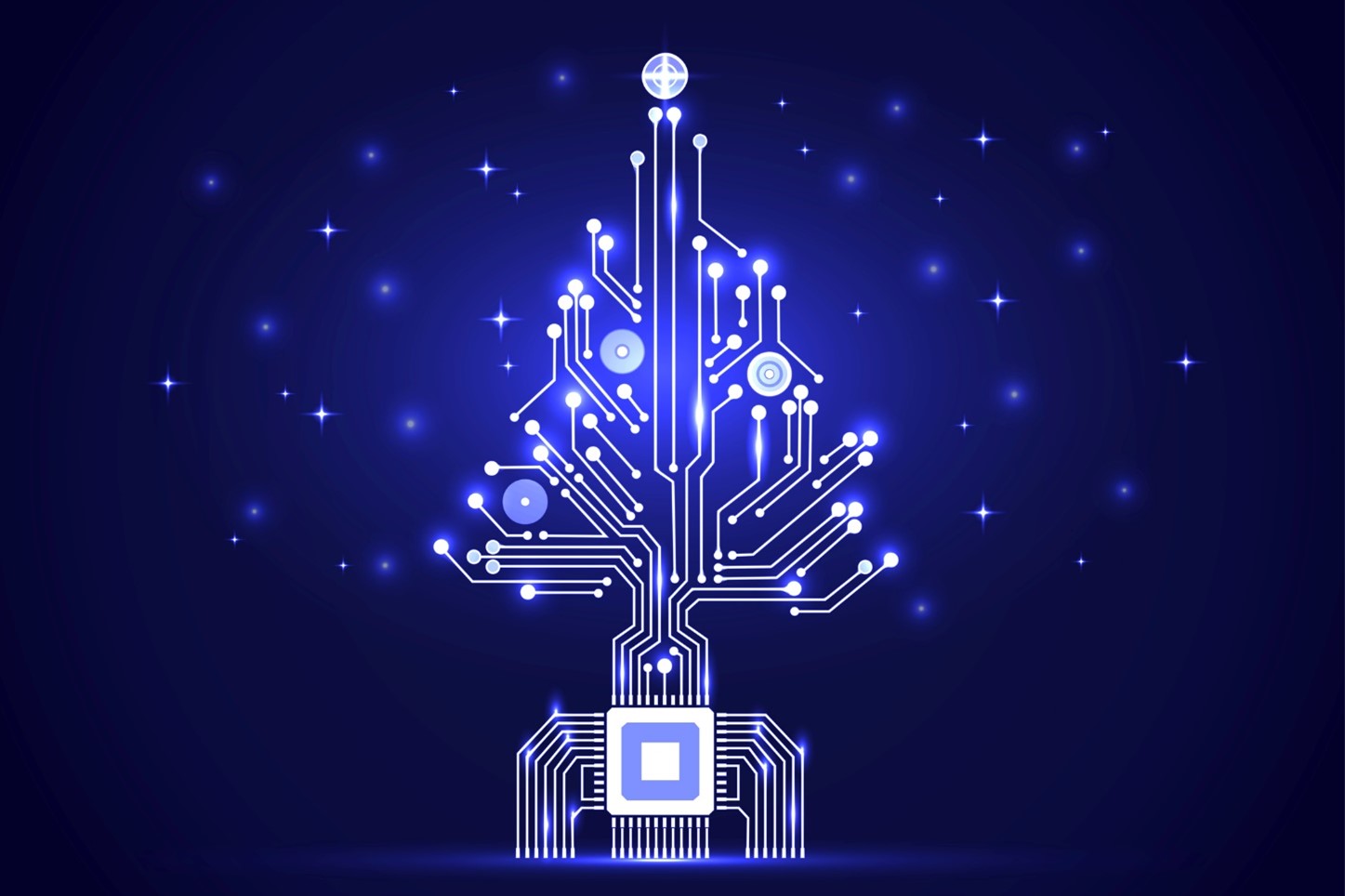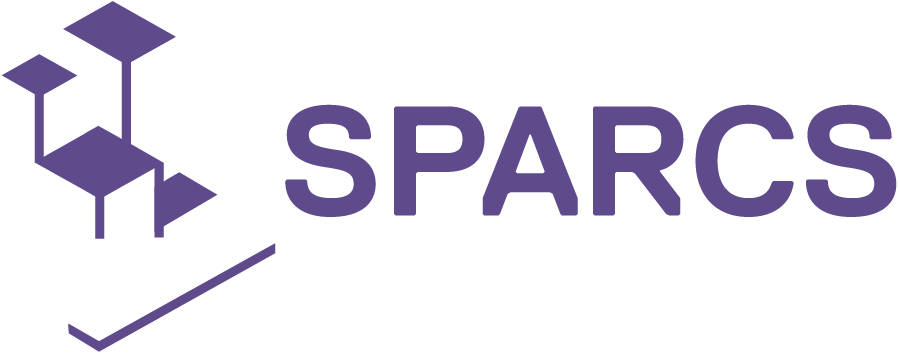Harnessing the Power of Virtual Power Plants: Insights from Espoo and Leipzig
In pursuit of sustainable and resilient energy systems, SPARCS project has been at the forefront of exploring innovative solutions, particularly in the realm of virtual power plants (VPPs). Stakeholders from the SPARCS lighthouse cities of Espoo, Finland, and Leipzig, Germany, shed light on the significance and impact of VPPs on their local energy landscapes. In this article, we delve into fundamental concepts, actions implemented, and the benefits derived from the integration of virtual power plants.
Understanding Virtual Power Plants
Siemens describes a virtual power plant in Espoo as an aggregated entity comprising multiple energy flexibility assets, such as heating, ventilation, and air conditioning systems (HVAC), batteries, and backup generators, scattered across different locations. These flexible assets are connected to interoperable cloud-based platform, collectively forming a virtual power plant. Virtual power plant controls and optimises these assets, enhancing flexibility in the power grid.
In Leipzig, Stadtwerke (LSW) emphasises the multi-directional nature of VPPs, acting as a network of decentralised power-generating units and consumers, and being operated in a wholistic manner. Unlike traditional power plants, VPPs are highly flexible and scalable, leveraging advanced software and AI algorithms to optimise energy generation from diverse renewable sources, as well as to predict and shift demand patterns.
Integration of Renewable Energy
In Espoo, Siemens sees VPPs as enablers for increasingly integrating fluctuating renewable energy sources into the power network. While not directly introducing new renewable sources, VPPs create dynamic flexibility on both the demand and supply sides, facilitating the seamless integration of weather-dependent, fluctuating energy sources.
Meanwhile, Stadtwerke employs real-time data and predictive analytics to match energy production with consumption patterns. By connecting solar panels, biogas generators, and other assets, the VPP in Leipzig optimises energy flows to meet current demands, showcasing a holistic approach to integrating various renewable sources.
Contributions to Sustainability and Resilience
For Siemens, the role of VPPs in contributing to the sustainability and resilience of energy systems is key. By providing flexibility through HVAC units and other assets, VPPs enhance grid stability and offer increased security of power supply for local communities.
Stadtwerke underscores the sustainability aspect by reducing dependence on fossil fuels and improving resilience through distributed generation. VPPs mitigate the impact of failures at individual generation sites and address peaks in demand by offering solutions to shift demand or store excess energy.
Real-time Control
In Espoo, specific actions include implementing VPP technology in the shopping centre Sello, where HVAC units, backup generators, and a battery contribute around 3 MW of flexibility to the national grid. This not only enhances the value of the building but also may attract additional external activities and improvements in the district.
Leipzig integrates a high number of assets, such as smart plugs, heating stations, EV charging stations, PV panels, and cogeneration plants, to enhance energy efficiency and enable real-time control over energy consumption. These actions are crucial for managing energy supply, promoting sustainability, and meeting environmental targets.
Benefits for Local Communities
Beyond the grid-related benefits, Siemens highlights the increased security of power supply and the positive impact on local communities, including a reduced carbon footprint. Leipzig sees VPPs offering enhanced power reliability, lower energy costs, and reduced carbon footprints. Additionally, VPPs facilitate local energy generation and consumption, fostering energy independence for communities.
Both Espoo and Leipzig provide real-world examples of VPPs making a difference. Siemens refers to the Sello shopping centre, while Stadtwerke mentions the development of deep learning algorithms to identify inefficiencies in the district heating network, showcasing tangible improvements in energy efficiency.
SPARCS plays a key role
Both Siemens and Stadtwerke acknowledge the role of the SPARCS project in advancing the VPP concept. Siemens highlights the project’s contribution to investigating potential new customer types, connecting new assets, and developing AI-based tools and forecasting models. Stadtwerke credits SPARCS for advancing digital infrastructure, leveraging private investment, and developing technical solutions for environmental purposes.
The insights from the SPARCS lighthouse cities Espoo and Leipzig shed light on the transformative potential of virtual power plants in creating sustainable, resilient, and community-centric energy systems. As Siemens and Stadtwerke continue to implement and refine VPP technologies, the SPARCS project remains a driving force in advancing the virtual power plant concept, fostering innovation, and contributing to a cleaner and more sustainable energy future.

